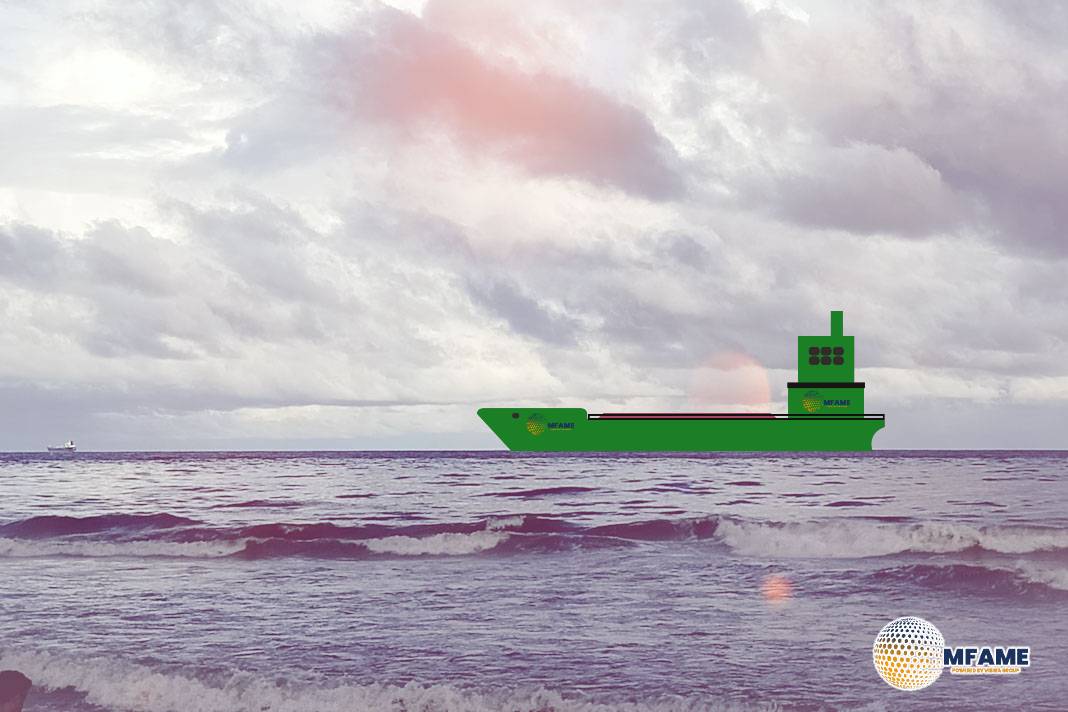- Zim’s freight rates averaged $2,958 per feu in 2Q25, down 17% vs 1Q25 and 12% year on year.
- 2Q25 throughput totalled 895,000 teu, down 5% vs 1Q25 and 6% on last year.
- New guidance implies 2H25 adjusted ebit of -$62m to $338m.
Israeli shipping company Zim has issued a cautious outlook, warning that transpacific spot freight rates are likely to continue their downward trajectory through the end of 2025, reports Lloyd’s List.
The company cited the return of previously withdrawn vessel capacity to the trade lanes and persistently weak demand as key factors weighing on rate recovery.
Transpacific spot rate weakness
During its second-quarter earnings call, CEO Eli Glickman shared that the typical peak season failed to materialize this year. He noted that vessels which had been sidelined are now back in operation, and demand levels remain underwhelming. CFO Xavier Destriau further underscored that most of the peak season is already over—a poor omen for sustaining rates heading into the fourth quarter.
Zim reported average freight rates (combining both spot and contract) of about $2,958 per forty-foot equivalent unit (FEU) in Q2 2025, reflecting a decline of 17% from the first quarter and 12% year-on-year. Container volumes dropped as well, totaling 895,000 TEUs, a 5% decrease sequentially and 6% compared to the previous year.
Spot rates are under pressure across both U.S. coasts, with recent assessments showing West Coast rates as low as $1,600–$1,700 per FEU, and East Coast rates around $2,500–$2,800 per FEU. These levels indicate a marked slide in pricing power amid market softness.
Despite these challenges, Zim has modestly raised its 2025 financial outlook. The company now estimates full-year adjusted earnings before interest and taxes (EBIT) will range between $550 million and $950 million, up from the previous lower bound of $350 million. Based on first-half performance, this implies a difficult second half, with projected EBIT ranging from a $62 million loss to $338 million in profit—a substantial drop from the $612 million booked in the first half.
Executives emphasized that while the industry has proven capable of sustaining profitability—even amid soft periods—market fundamentals cannot remain weak indefinitely before corrective actions occur. Historically, major events like geopolitical disruptions or shipping chokepoints have prompted a turnaround. Nonetheless, Zim noted it is better positioned today, with healthier cash reserves compared to past price slumps.
Did you subscribe to our daily Newsletter?
It’s Free Click here to Subscribe!
Source: Lloyd’s List

















